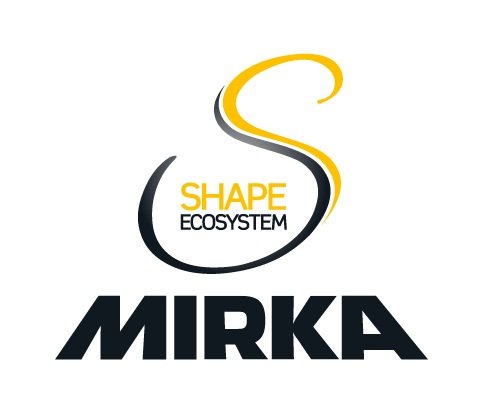Boosting circularity with Petra Härmälä
The Boosting Circularity theme is led by Petra Härmälä and is one of four R&D themes within the SHAPE ecosystem at Mirka. In Boosting Circularity, value chains are linked in order to close resource cycles.
Petra Härmälä
Petra Härmälä's remarkable journey at Mirka began 15 years ago in production, where she transitioned to product development and then to product lifecycle management.
She is now in charge of accelerating circular economy in the SHAPE ecosystem project.
On her free time, Petra enjoys spending time in nature or extending the lifetime of furniture through restoring and renovating. Perhaps that is where her interest in circularity stems from – seeing how the process aligns with the principles of circularity, such as reducing waste and maximizing the use of existing resources.
Acceleration of circularity in production, value chains and residual waste management
Petra Härmälä explains that through SHAPE, Mirka wants to make its operations more circular. This means the company is working on improving their production process and focusing on product development and product lifecycle.
“We want to optimize our products, raw materials, and processes. The goal is to manage and preserve materials for a long time, keeping them in circulation as much as possible and in their original condition”, Petra says.
Mirka also wants to reduce waste and create closed-loop systems. The company is actively looking for ways to make its operations smarter, use fewer resources and be more resilient.
In pursuit of circularity, Mirka is reviewing the value chains of surface processing, particularly focusing on wood dust. They are also studying the waste produced during their production process and exploring ways to reintroduce these materials back in circulation.
Mirka is particularly interested in reclaiming and reusing its own products. This would require developing suitable logistics and streams for collecting used abrasive products. Abrasive grains coming from used abrasive products are valuable process waste for Mirka and they are committed to find sustainable solutions for collecting and reusing them.
In focus: textile-based abrasive products
One of the primary products requiring attention for circularity are textile-based abrasive products. In this theme, the SHAPE ecosystem aims to explore ways to recycle clean textiles, which are composed of polyamide fibers and reintegrate the abrasive grains back into circulation.
There is also geometric waste generated during the cutting process. Currently, the cutting waste is incinerated for energy recovery, but other methods to separate different materials for more efficient reuse are being explored. Another thing to consider is the binders used for abrasive grains. Ideally, future binders would consist of monomaterials.
Collecting and recycling used abrasive products
The key aspect in this R&D theme is the collection of Mirka’s products and how to recycle them. Abrasive products are used worldwide and finding technologies that can separate multi-material products to retain their material value for diverse applications is crucial. As Mirka's products are used for processing the surfaces of various materials, contamination is also an additional consideration.
Mirka aims to maximize flows and recycling paths within its value chains to ensure the collection and proper redirection of consumables for suitable recycling processes. In this theme, logistics are also evaluated. There are plans to conduct an assessment of quantities and flows, starting from a specific region and examining major players and their significant material flows.
“Our focus in this R&D theme revolves around abrasive grains, binding agents and textiles. Textile fibres are typically pure polyamide or polyester yarns, and their recovery is also something we want to explore. We are looking forward to collaborating with our ecosystem members among research organisations, to among other things, identify value chains and create technical solutions that will enable the achievement of these goals”, Petra Härmälä concludes.
As a potential outcome of SHAPE ecosystem activities, Petra Härmälä envisions a future product where a part of the raw materials derived from own streams would be reused to create new products.
“It would be great to identify significant abrasive product streams feasible for centralised collection and that there would be a recycling solution for them, along with a profitable business model adhering to circular economy. Above all, it would be great for Mirka’s portfolio to have a product based on ecodesign”, Petra says.

